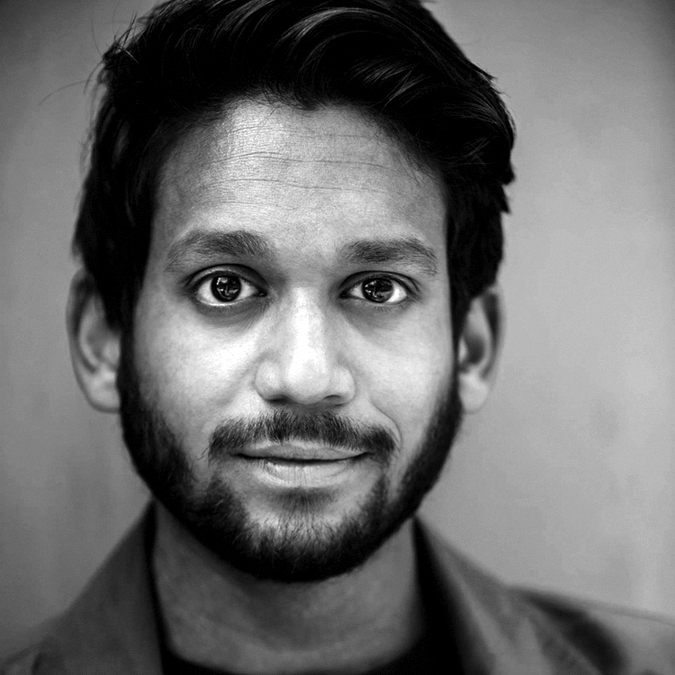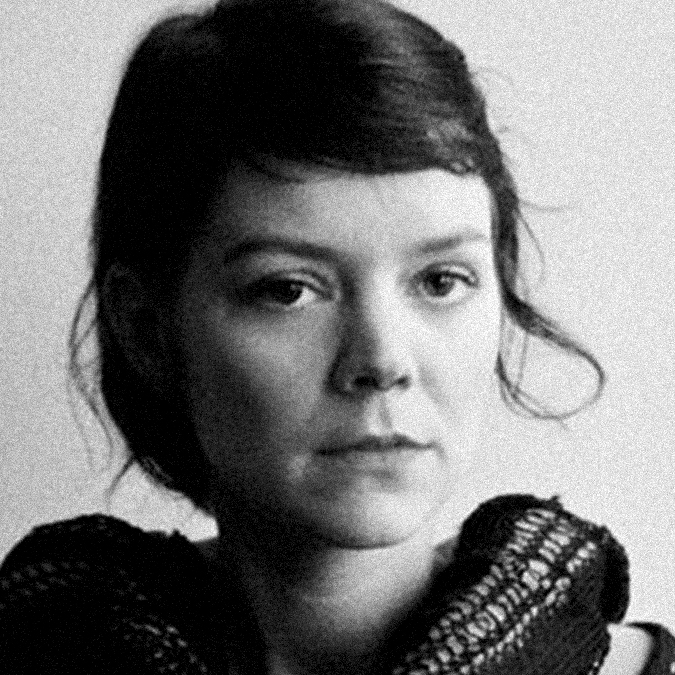Potato Bread
Prep/Total Time: 15 min / 1 hr (but best overnight)
Ingredients: potatoes, flour, salt, yeast
Too Good to Waste’
Steam Crackled Crust
Sustainability Bread
DOCUMENTATION
Conferences are events where new ideas form, where relations emerge, and where those with diverse and differing perspectives meet each other. From its first edition, the RTD Conference series has critically explored innovative ways of documenting the conference experience.
In previous conference editions, the RTD Documentation process has focused on capturing the unfolding experience and rich discussions around artifacts, through scribing (RTD 2015) and incorporating attendees’ expressions into the scribing process (RTD 2017). Scribes have offered an idiographic and alternative set of perspectives on the exhibition and Rooms of Interest discussions. Documenting the conference has also formed an exploration in itself, and has led to critical reflections on the challenges of disseminating knowledge outcomes from practice-led research.
This year, we continued in this tradition by experimenting further through co-creative activities of making artifacts that represent the conference experience. We invited a diverse team of documenters to capture their views on the conference in their own professional medium.

Illustrator Ludwig Volbeda graduated cum laude from the Acadmy of Art and Design St. Joost in Breda in 2011 and has since won several international awards including a prestigious ‘Gouden Penseel’ (Golden Brush) for the best illustrated children’s book in The Netherlands. Ludwig loves maps, deserts, machines, science, reading books and writing letters and his authentic drawing style portrays an unique eye for detail in an almost scientific depiction of complexity and imagination.

Chef Naresh Ramdjas began blending food with design during his studies at Design Academy Eindhoven. Since 2013 he has managed every aspect of his own pop-up ‘Nareshtaurant’ where he combines innovative dishes with design insights. Naresh reached the finals of the Dutch version of Masterchef in 2013. He is currently running his catering and food development program and pop-up restaurants in Amsterdam, Utrecht and Eindhoven.

Ethnographer Eva Theunissen is a PhD candidate at the Visual and Digital Cultures research center (ViDi) at the University of Antwerp. Conducting online and offline ethnography, her research focuses on the roles of digital and image-based technologies in the everyday lives of sexual and gender minoritarian subjects. She explores how digital/visual practices may help social actors and communities cope with the intricacies of precariousness, marginalization and invisibility.
Each of the documenters—an illustrator, a chef and an ethnographer—became a participant observer for one day, experiencing the program first-hand and ultimately transcribing aspects through their disciplinary perspective. Their experiences, observations, sketches, notes, and recordings were developed into reflections that have been translated within three diverse mediums: (the beginnings of what could have become) a graphic novel, a recipe for hard working design researchers and a podcast that could even be listened to while pealing the potatoes for an extraordinary loaf of RTD bread. The three professionals presented valuable outsider perspectives on a conference format that strives to stay in touch with social phenomena from the ground up and not only from the ivory towers of academia.
Day 1 Wednesday, March 20th
Ludwig Volbeda: RTD and Things
Ludwig worked at a level of detail that rivals any digital surveillance or visual object recognition algorithms. His documentation is both subjective and idiosyncratic, as well as highly technical and reliable. In case you missed something, Ludwig didn’t.
Day 2 Thursday, March 21st
Naresh Ramdjas: ‘Too Good to Waste’ Steam Crackled Crust Sustainability Bread
Naresh was able to abstract themes from the conference and distill them within both a process and (edible) artifact. Food waste in the Netherlands, cultural cuisine, simple methods for complex reactions, a pinch of care and…voilà!
Prep/Total Time: 15 min / 1 hr (but best overnight)
Ingredients: potatoes, flour, salt, yeast
Too Good to Waste’
Steam Crackled Crust
Sustainability Bread
Ingredients:
mashed potatoes 175 gram / 3/4 cup
flour 375 gram / 3 cups
salt 2 tsp
dry yeast 7 gram / 1 packet
Tools:
Oven
Bowl
Plant sprayer
Are you aware that bread is the most wasted food item in both Holland and England?
This recipe began with the understanding that an amazingly delicious loaf of bread will never end up in your trash bin!
This can be a problem because bread requires such a sensitive process. To make the perfect loaf of bread, besides the ingredients, you need patience and a lot of love for the ancient recipe to connect to its roots. This recipe, however, is very easy to make, and even the most untalented kitchen monsters should be able to make this work!
We start a core ingredient of both cuisines, the humble potato!
Our love for potatoes is big! They are cheap and extremely nutritious. In Holland, we have them in all sorts of forms and colors, but it seems to be quite difficult to estimate how many of these fellows we need to boil for the perfect portion and therefore a couple of them probably won't make it to your plate (!).
With a very simple method (using the plant sprayer) you can influence an extremely complex reaction (Maillard) that will magically transform this bread into a true RtD artifact.
Enjoy!
Step 1:
Mix the mashed potatoes with 225ml of lukewarm water. Set aside.
It will look like a terrible mashed potato mixture, but that’s the idea.
Step 2:
Mix the flour, yeast, and salt. Make a little mountain with a crater in the middle. Fill the crater with the wet mashed potato mixture.
Step 3:
Cover a clean surface with a thin blanket of flour, or alternatively mix in a large bowl. Now, start forming the dough until you have an elastic mixture and mold into a ball. Place the dough in a bowl if it is not already.
Step 4:
Cover the bowl with a moist towel, tuck it in slightly so there is not too much air on top of the dough. Place in the fridge for a good night of sleep.
If you are suddenly stricken with extreme hunger you can also choose to skip the night and the fridge and wait for about 30 minutes until the dough has doubled in size. Resting the dough in the fridge overnight will give it a more intense flavor, and more taste means less waste! (but 30 minutes as a quickie will do fine!)
Step 5:
Activate your oven! Preheat to 220°C (428°F). Place the dough on a baking pan lined with baking/parchment paper, a baker's stone, cast iron pan, etc. When the oven has reached 220°C put the dough in and set a timer for 15 minutes.
Meanwhile—if you are like me, and not lucky enough to have an oven with a bread baking steam program—open the oven 3 or 4 times (very quickly to keep the oven hot!) and spray some water on the bread and in the oven with a plant sprayer. This added moisture will give a nice crackling crust, in part by influencing a stronger Maillard reaction that produces thousands of new molecules for a deep flavorful crunch!
After 15 minutes, lower the temperature of the oven to 180°C (356°F) and bake the bread for an additional 15 minutes (for 30 minutes in total). Use a toothpick or satay stick to check if the bread is done (it should come out clean), or leave for another 3 minutes and check again.
Step 6:
Enjoy!! The bread is the best when warm, but let cool for at least 10 minutes. It makes a simple and delicious snack when roasted in a pan with olive oil or butter and a bit of garlic.
Day 3 Friday, March 22nd
Eva Theunissen: Alienation at RTD
Eva felt a strong sense of disciplinary alienation yet embraced the chance to get lost in translation. She provided us with an ‘outsider’ perspective of the final day of the conference, reflecting on the ‘Research through Design natives’ and especially their focus on documentation. Becoming part of this documentation process herself Eva wonders about the language objects use to speak.
Did you notice the wallpaper in Room of Interest 1?
At first I thought they were real,
these file cabinets, these wooden archives.
I cannot help but detect a similarity between the documentation fever visible on the wallpaper and the general trends and research and exhibition experiments I witnessed during the conference.
Each of these documents refers back to an invisible past.”
PARTICIPATORY DOCUMENTATION
The participatory documentation did not only capture the conference for post-hoc communication, but catalyzed discussion and reflection during it. Attendees were asked to annotate the exhibits, and draw links and frictions between them, guided by provocations based on the conference theme of ‘Method & Critique’. On Day Two, the ‘Making Space: Mapping RTD’ session consolidated these annotations through attendees’ creation of a series of maps. The Documentation session on Day Three followed up and expanded on the Making Space session.
View the Participatory Documentation reflection here
After capturing and mapping the landscapes of RTD, the Documentation Chairs invited creative responses to questions of how to share the diverse forms of knowledge generated through design.